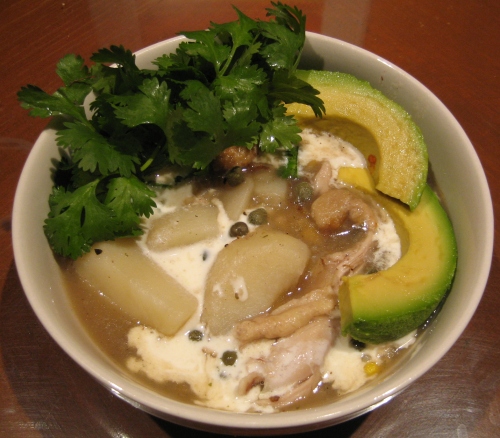I’m not the hugest fan of meats in sweet sauces, and this certainly was sweet. Between the dried prunes, apricots, squash, sweet potato and honey it came close to cloying. There was a huge amount going on here, lamb isn’t a subtle flavour to begin with, and the all fruits and spices brought it near to sensory overload.
I know that Tagine’s and much North African cooking is based on these flavour profiles, but they are often more muted than they were here. The best Tagine’s I’ve had have kept the individual ingredients flavours distinct in each bite, with a mingling of their tastes in the sauce. Here I thought it blended too much, and it was texturally homogenous. I found the spicing to be quite nice, with ginger, cinnamon, and nutmeg perfuming the sauce.
I would recommend cutting some of the fruit from this dish, and serving it as one of several elements in a meal. We had only this and couscous, and I really enjoyed the first few bites, I just tired of it rather quickly. The recipe also makes a whole lot of food, so my impression of this one may be tainted by having eaten days worth of leftovers.
